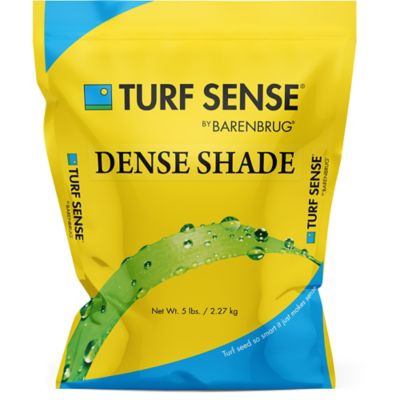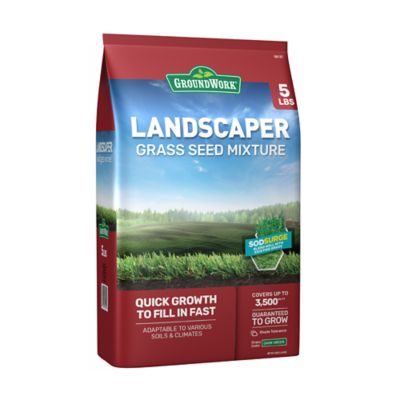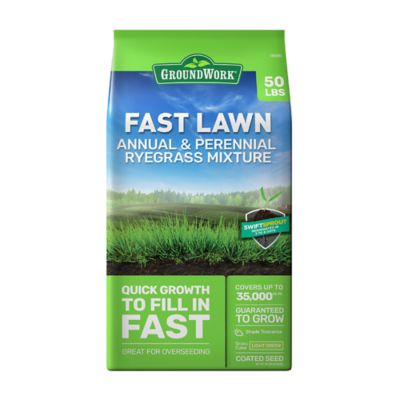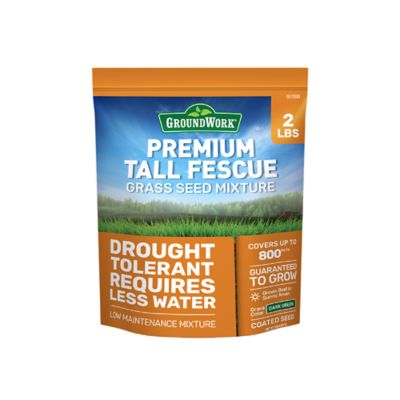If you’re looking to add a lush green lawn to your landscape, planting grass from seed can be a great way to go. But, with all the new technology and methods available, it can be hard to know where to start. Don’t worry, we’ll walk you through the basics of planting grass from seed. With a few simple tips and tricks, you’ll have a beautiful lawn in no time!
Grass Seed Germination Instructions
Step 1: Prepare the soil for planting grass seeds. Loosen the soil with a rake to a depth of at least 4 inches and remove any large rocks, roots, or other debris.
Step 2: Spread a thin layer of compost or fertilizer over the soil. Fertilizer should be applied at the rate recommended by the manufacturer.
Step 3: Plant the grass seeds. If the seeds are large, spread them in a single layer. If the seeds are smaller, spread them thinly over the area.
Step 4: Water the grass seeds lightly. Use a gentle spray to keep them from washing away.
Step 5: Cover the seeds with a thin layer of soil or compost. Use a rake to lightly cover the seeds.
Step 6: Water the planted area again, making sure the soil is damp to a depth of 2 to 3 inches.
Step 7: Provide the planted area with enough sunlight. Grass seeds need at least 6 hours of sunlight a day to germinate successfully.
Step 8: Water the planted area regularly to keep the soil moist.
Step 9: Monitor the area regularly to ensure that it is receiving enough sunlight, water, and nutrients.
Step 10: When the grass seeds have germinated, mow the area to a height of 2 to 3 inches. This will help the grass to become more established.
Where to Buy Grass Seeds (Our Top Picks)

Barenbrug Turf Sense Dense Shade is a premium seed mix that grows and survives in areas… [More]

Barenbrug Turf Sense Sun and Shade is a premium seed mix that grows and survives in are… [More]

GroundWork Southern Landscaper Mix Grass Seed is an all-purpose grass seed mix that thr… [More]

GroundWork 50 lb. Fast Lawn Grass Seed Mixture is a fast growing grass seed mixture. Th… [More]
Using a Grass Seed Mat
Alternatively, you can also consider using grass seed mats if you are working with a smaller area. Grass seed mats have many benefits, especially when compared to traditional methods of seeding a lawn.
Grass seed mats are a great way to ensure a uniform and even spread of grass seed, and they can help prevent the grass seed from being washed away by rain or other sources of water.
They also help protect the grass seed from birds and other animals that may try to eat it. Additionally, grass seed mats promote faster germination, as the mat helps to retain moisture and keeps the seeds in an optimal environment for germination. Lastly, grass seed mats are easy to install and maintain, making them a great choice for anyone interested in quickly and easily establishing a lush, healthy lawn.
Best Soil For Grass Seeds

The best soil for planting grass seeds is nutrient-rich, well-draining soil with a pH level between 6.0 and 7.5. To prepare the soil, mix in compost or other organic matter, remove any weeds or large rocks, and break up any large clumps. Make sure the soil is moist before planting, but not too wet.
What Temperature to Plant Grass Seed?

Planting grass seed is best done when the soil temperature is between 50-75°F (10-24°C). To ensure success, take the soil temperature at a two-inch depth with a soil thermometer. If the temperature is outside of the desired range, wait until it warms up before planting.
How Much Sunlight for Grass Seeds

Ideally, the seeds should receive 6 to 8 hours of direct sunlight per day in order to ensure that the grass grows properly. If your lawn does not receive enough sunlight, you may need to consider planting shade-tolerant grass varieties like fescue.
Where to Buy Fescue Seeds

The GroundWork 2 lb. Ultra Premium Tall Fescue Coated Grass Seed is a fast growing blen… [More]

The DLF Kentucky-31 Tall Fescue Grass Seed is a versatile grass seed that works well in… [More]
Common Pests & Diseases for Grass Seeds
Fungal Diseases: Fungal diseases are the most common issue when it comes to planting grass seeds. These diseases can cause discoloration, wilting, and death of the grass seeds. Common fungal diseases include Brown Patch, Pythium Blight, and Fusarium Patch.
Insects: Insects can also cause damage to your grass seeds. Common insects that can damage them include chinch bugs, sod webworms, and armyworms.
Weeds: Weeds can compete with grass seeds for resources and sunlight, and can eventually overtake them. Common weeds that can affect your grass seed include crabgrass, dandelion, clover, and thistle.
How long to grow grass from seed?
The time it takes for grass seeds to germinate and grow into a lawn depends on several factors, such as the type of grass, the soil condition, the weather, the watering schedule, and the maintenance practices.
Different grasses have different germination rates and growth habits.
For example, cool-season grasses like Kentucky bluegrass, perennial ryegrass, and fescue typically germinate in 7 to 21 days, while warm-season grasses like Bermuda, zoysia, and centipede may take 10 to 30 days or longer.
FAQs
When to plant grass seed in spring?
If you want to plant grass seed in the spring, the best time to do it is anytime between the end of March and the end of May. During this time, the days are getting longer and the temperatures are generally favorable for grass growth. Soil temperatures can also be monitored to ensure the best time for planting.
How long to plant grass seed after roundup?
After applying Roundup, it is recommended to wait at least two weeks before planting grass seed. This will give the Roundup time to take full effect, so you can be sure that the grass seed will get a good start and not be affected by any lingering weed killers.
Additionally, if the Roundup was applied to an existing lawn, it is important to rake up any dead grass before planting the seed. This will help to ensure that the grass seed has good contact with the soil.
How long to plant grass seed after grub treatment?
After applying grub treatment, it is recommended to wait at least three weeks before planting grass seed. This will allow the grub treatment to take full effect.
How long to plant grass seed after fertilizing?
After fertilizing, wait at least two weeks before planting the seed so that the fertilizer has a chance to do its job. If you are using a slow-release fertilizer, wait a few weeks longer to allow the fertilizer to fully breakdown and be absorbed by the soil. Once the fertilizer has had time to work, you can then plant the grass seed and start to enjoy the rewards of a beautiful lawn.
What to do when grass seed won’t grow?
When grass seed won’t grow, it could be because of a few factors, from lack of water to poor soil quality, to inadequate sunlight.
The best course of action is to identify the root of the problem and make corrections accordingly. If the problem is a lack of water, make sure to water the grass seed regularly. If it’s due to poor soil quality, you can add fertilizer or compost to improve the soil. If the seed is not getting enough sunlight, consider relocating the planting area. By addressing the underlying problem, you can help ensure that the grass seed will grow successfully.



